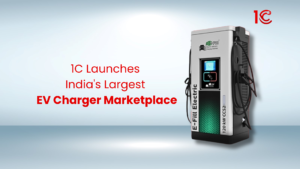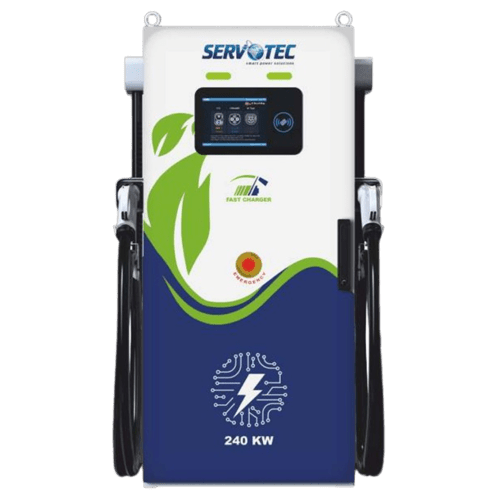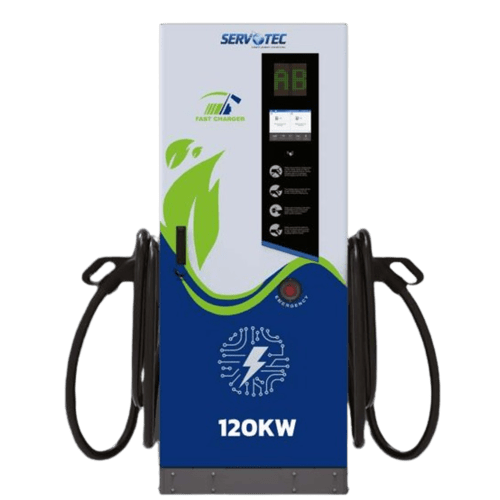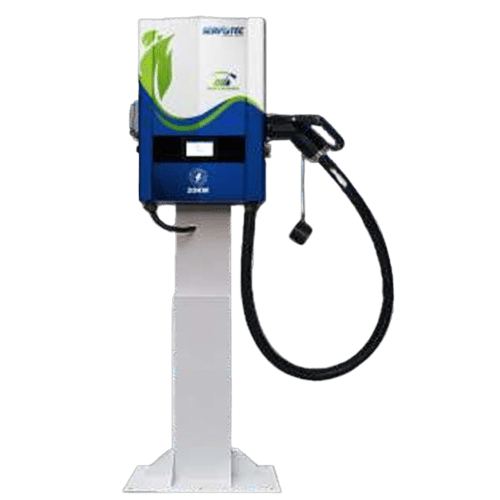
Menu
Menu

Range Anxiety is related to Electric Vehicles, which means the worry an EV owner experiences about the EV battery charge to complete the journey. Range anxiety is the apprehension of the availability of charging stations along the way. In this blog, we will understand the various factors that affect range anxiety and tips to increase the EV range to reduce range anxiety.
Several factors can impact the range of an electric vehicle:

Some easy tips can be kept in practice to avoid range anxiety.
Range Anxiety is a common concern for EV owners, stemming from worries about completing journeys and finding charging stations. Understanding the factors affecting EV range and adopting simple tips can alleviate these concerns, enhancing the overall EV ownership experience. By driving efficiently, using regenerative braking, and staying informed about charging infrastructure, EV users can reduce Range Anxiety and increase their electric vehicle’s range.
A few ways to overcome range anxiety are
Range anxiety is the concern of running out of battery. Whereas, charge anxiety is the concern of not finding or accessibility of EV charging stations.
The term “range anxiety” was initially mentioned in the media on September 1, 1997, in the San Diego Business Journal by Richard Acello. It was used to describe the concerns of drivers of the GM EV1 electric car. On July 6, 2010, General Motors filed a trademark for the term, citing its intention to “promote public awareness of electric vehicle capabilities.”






© 2024 Massive Mobility Private Limited. All rights Reserved